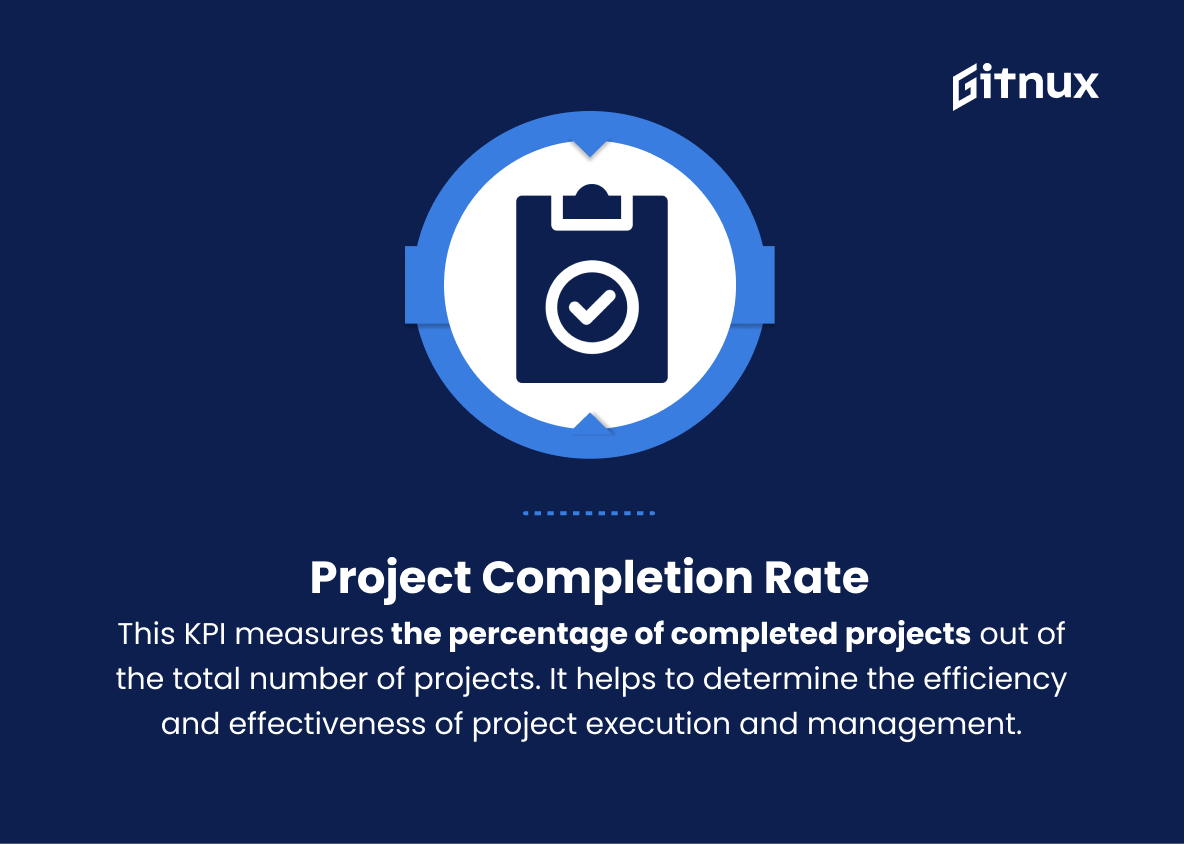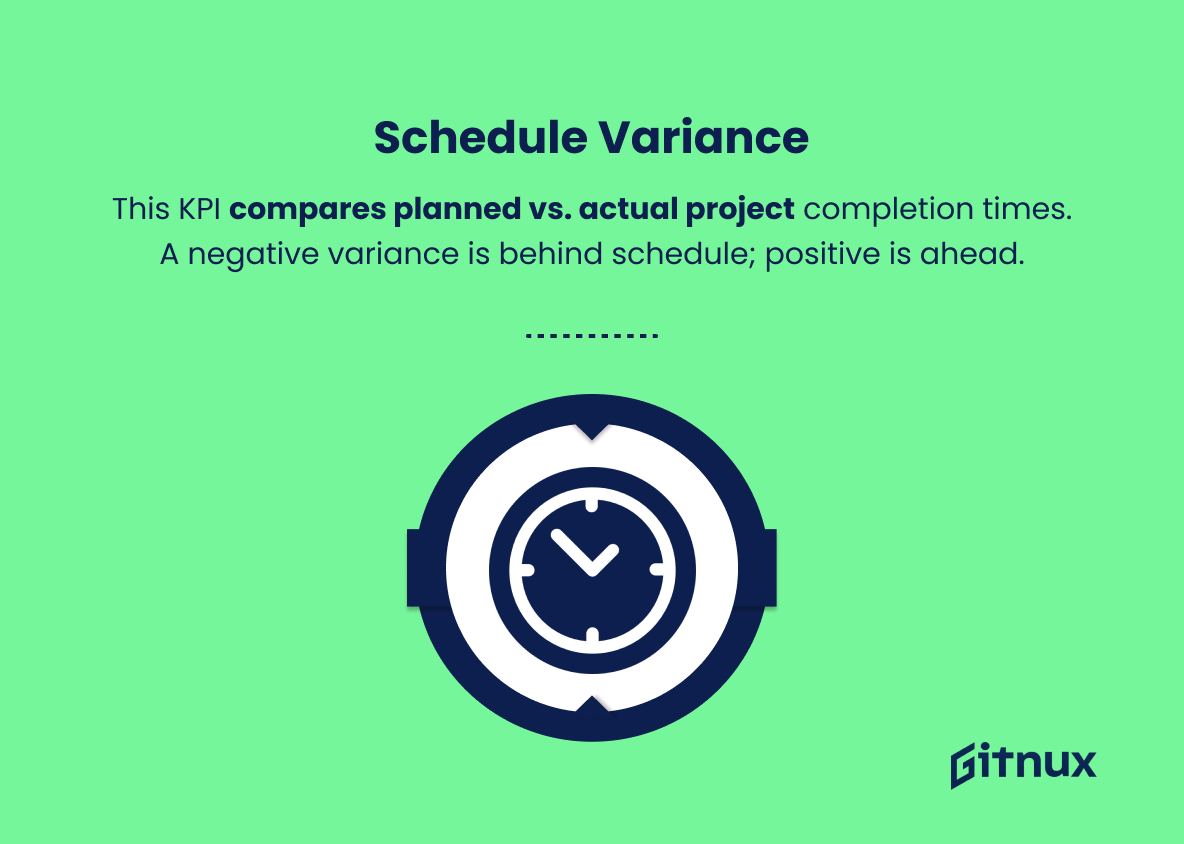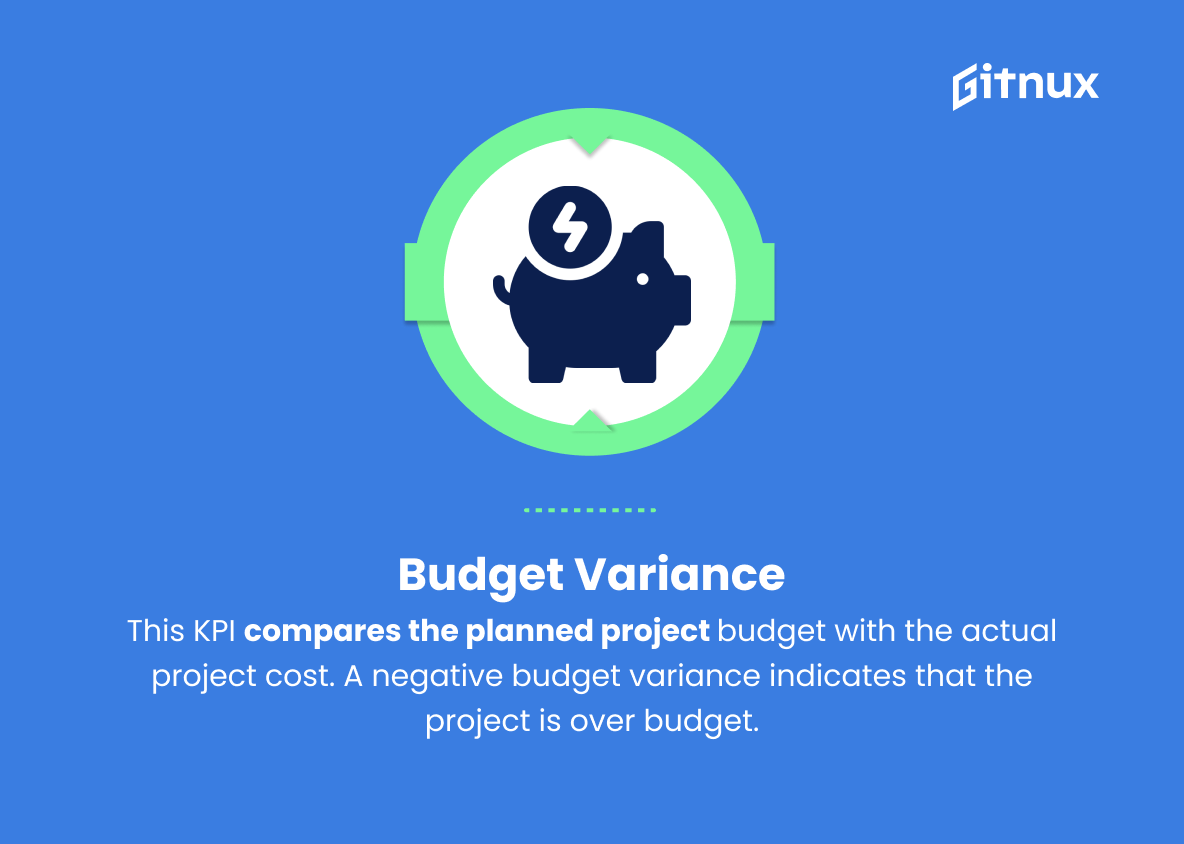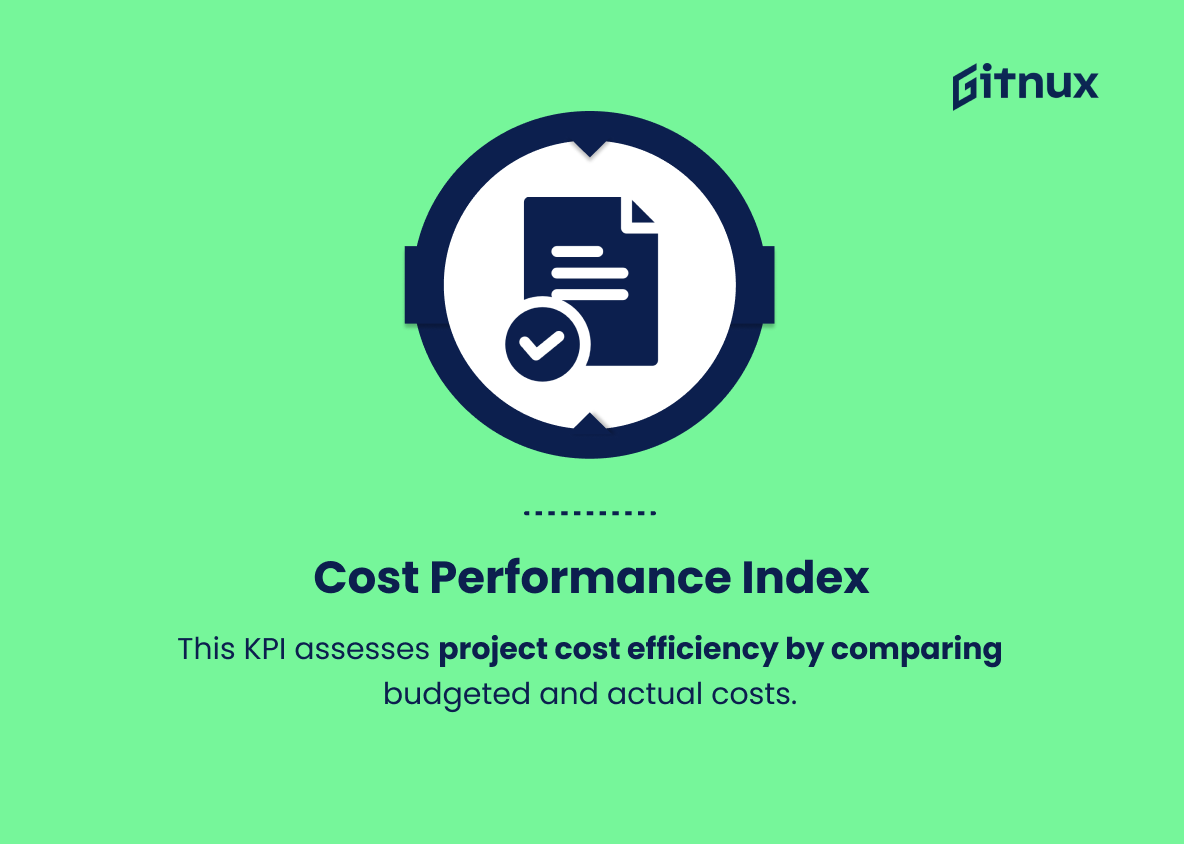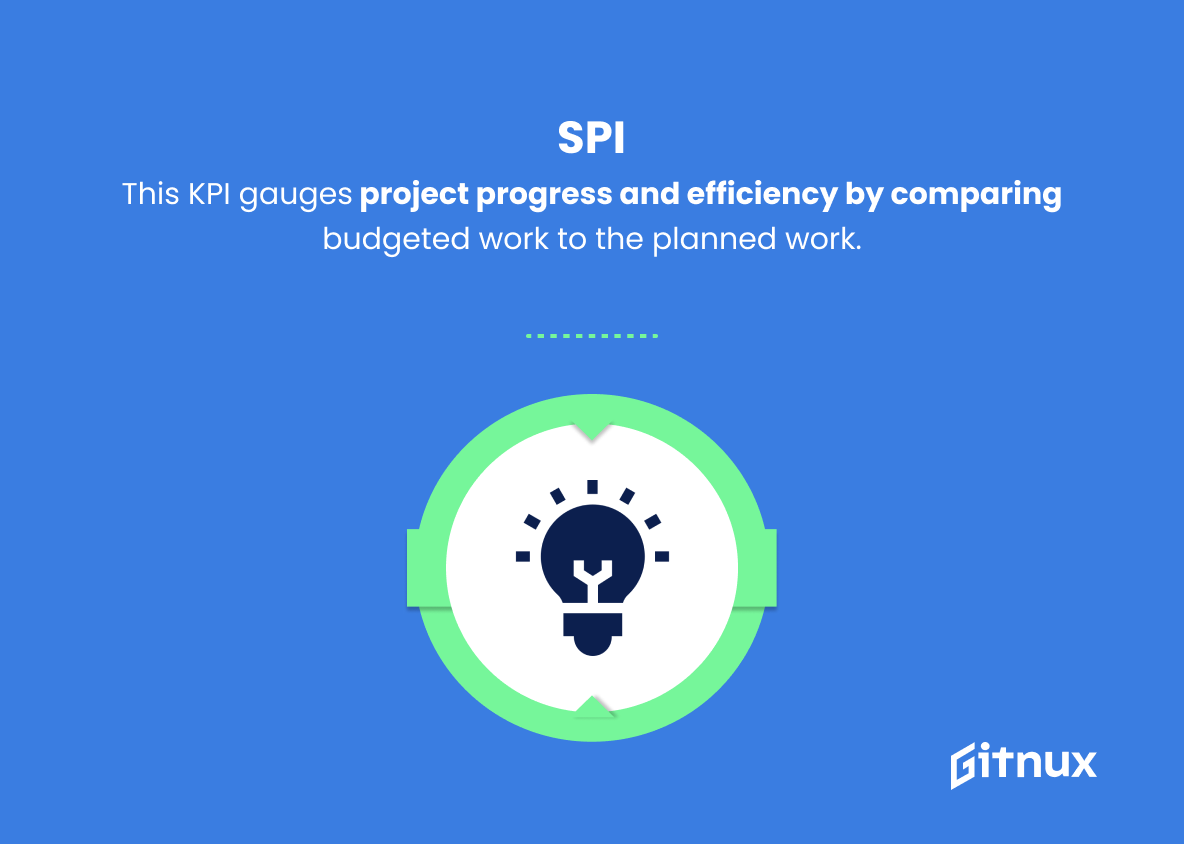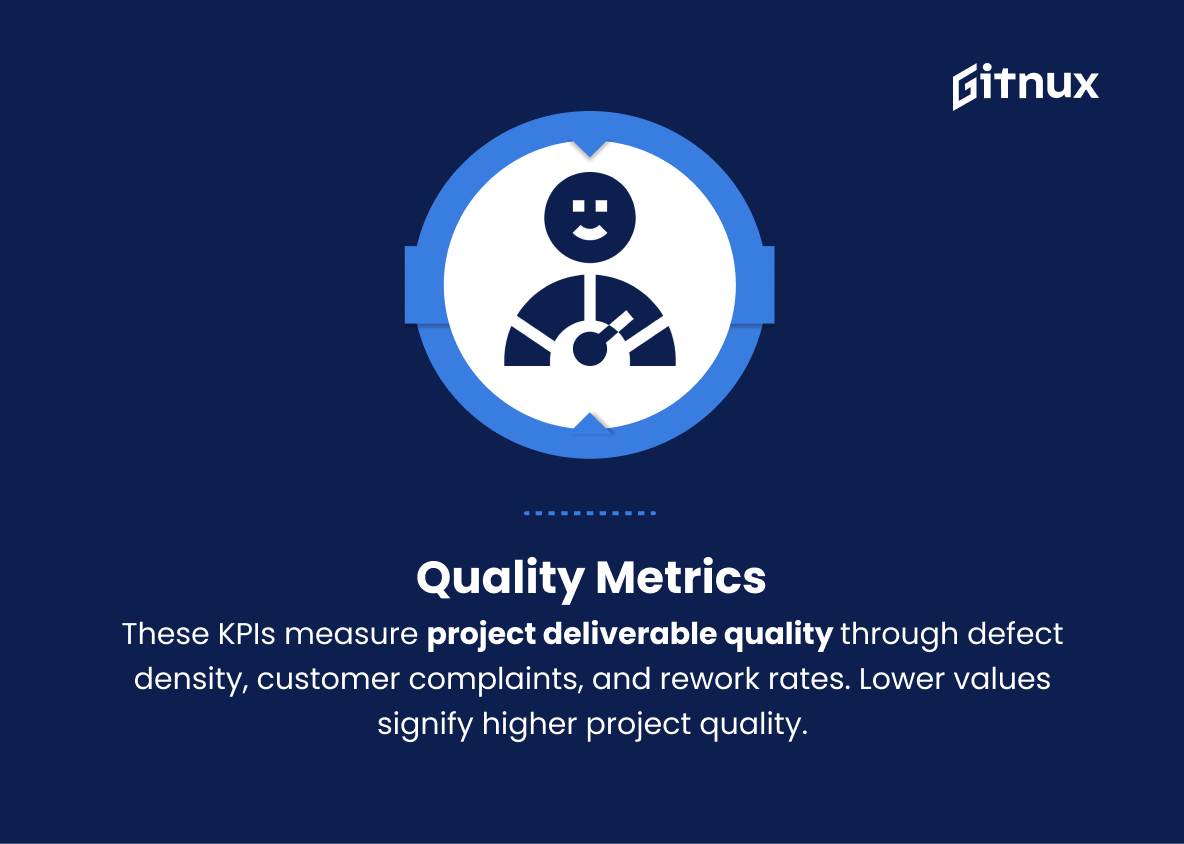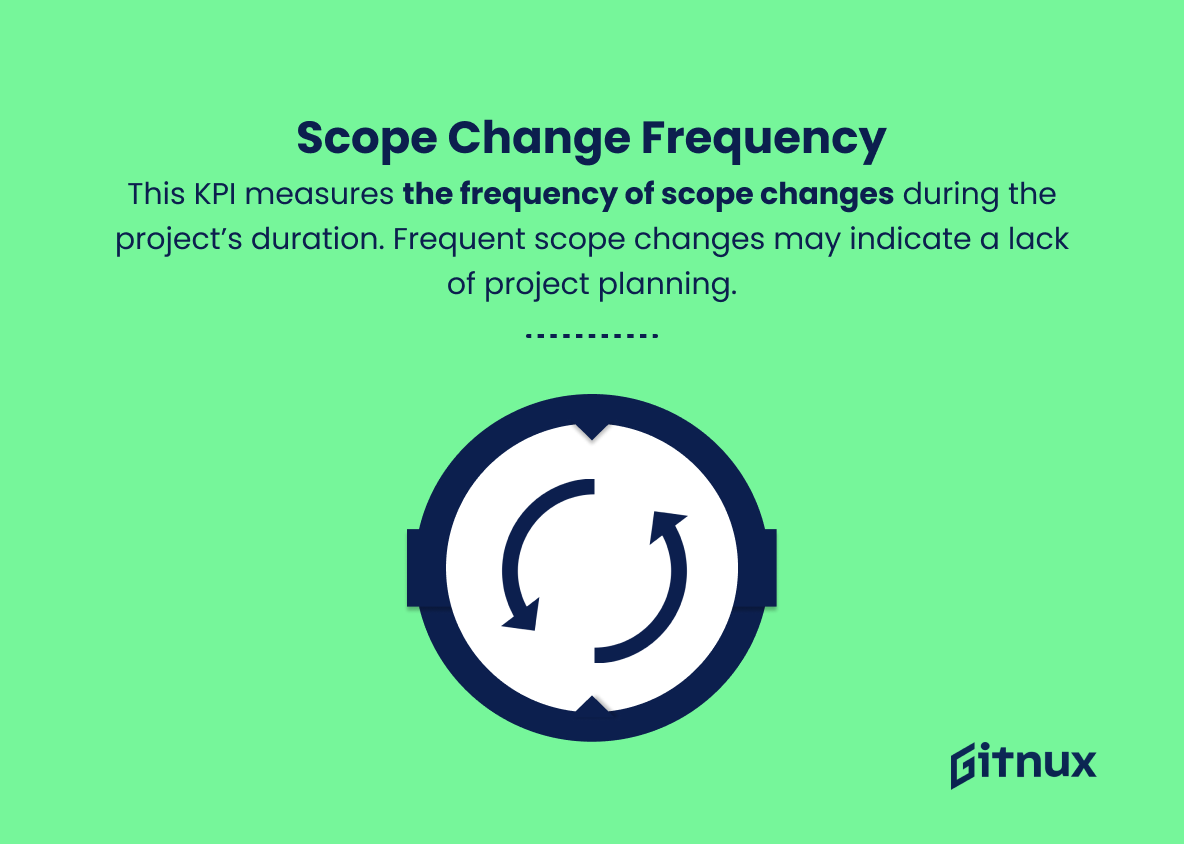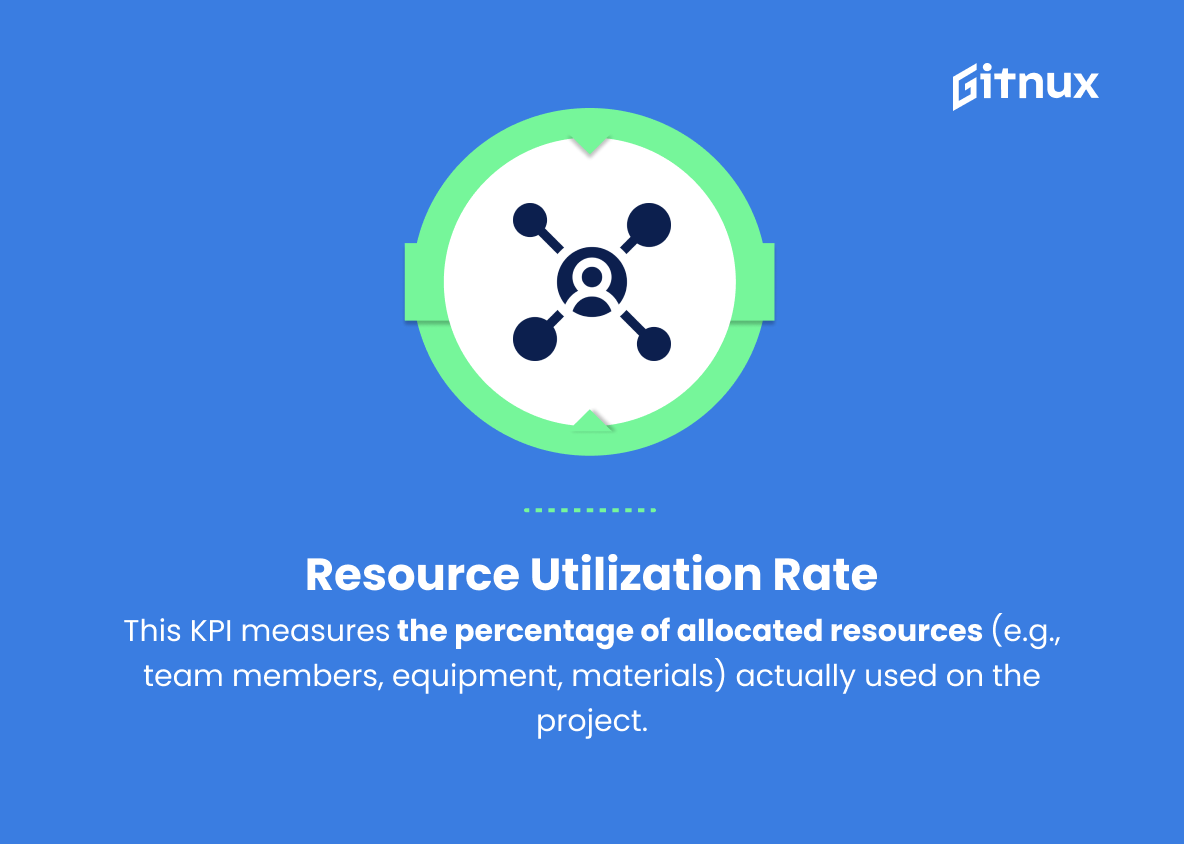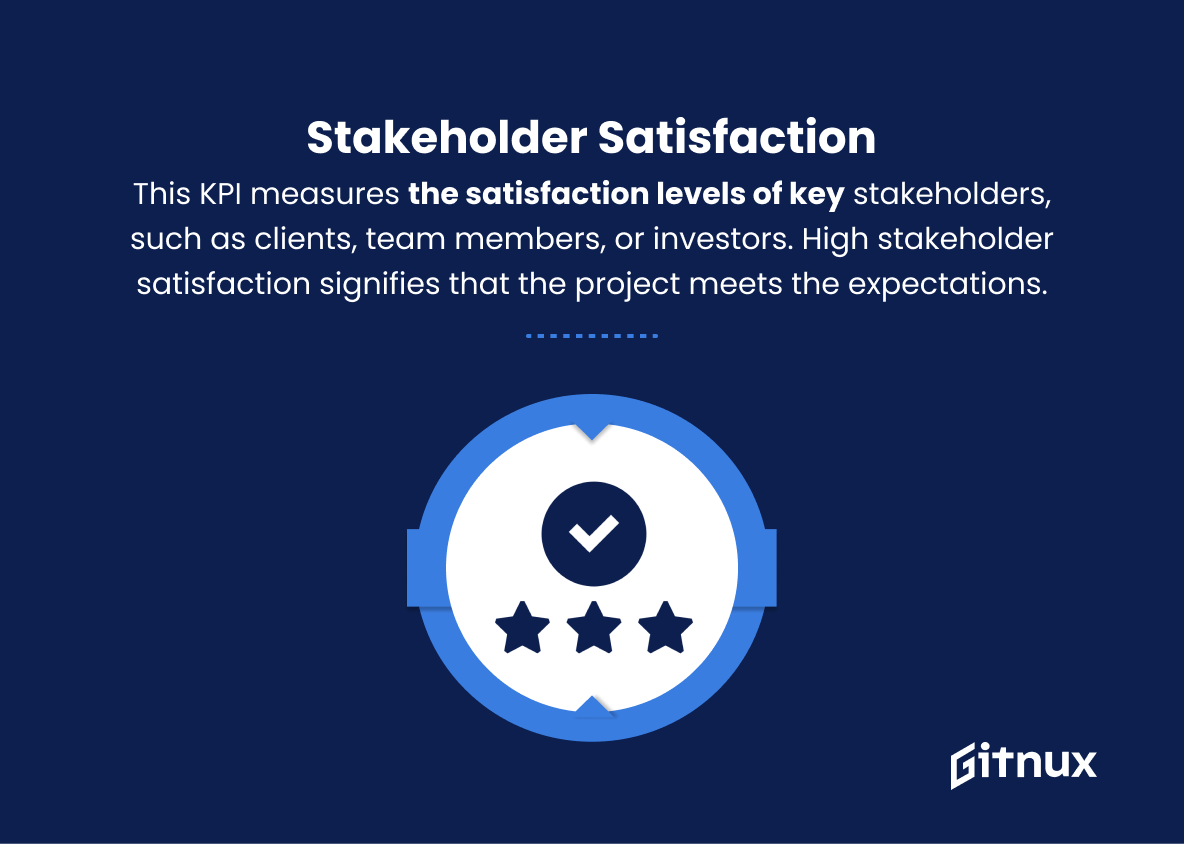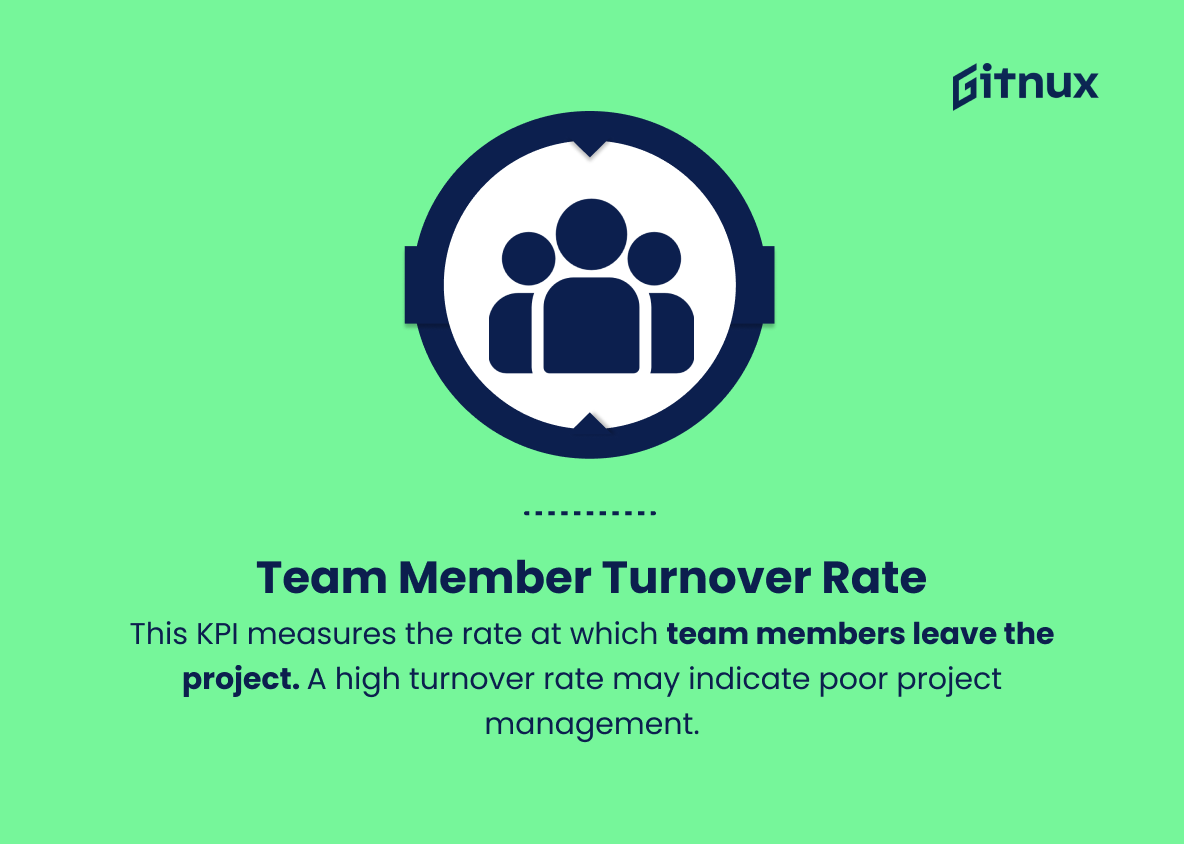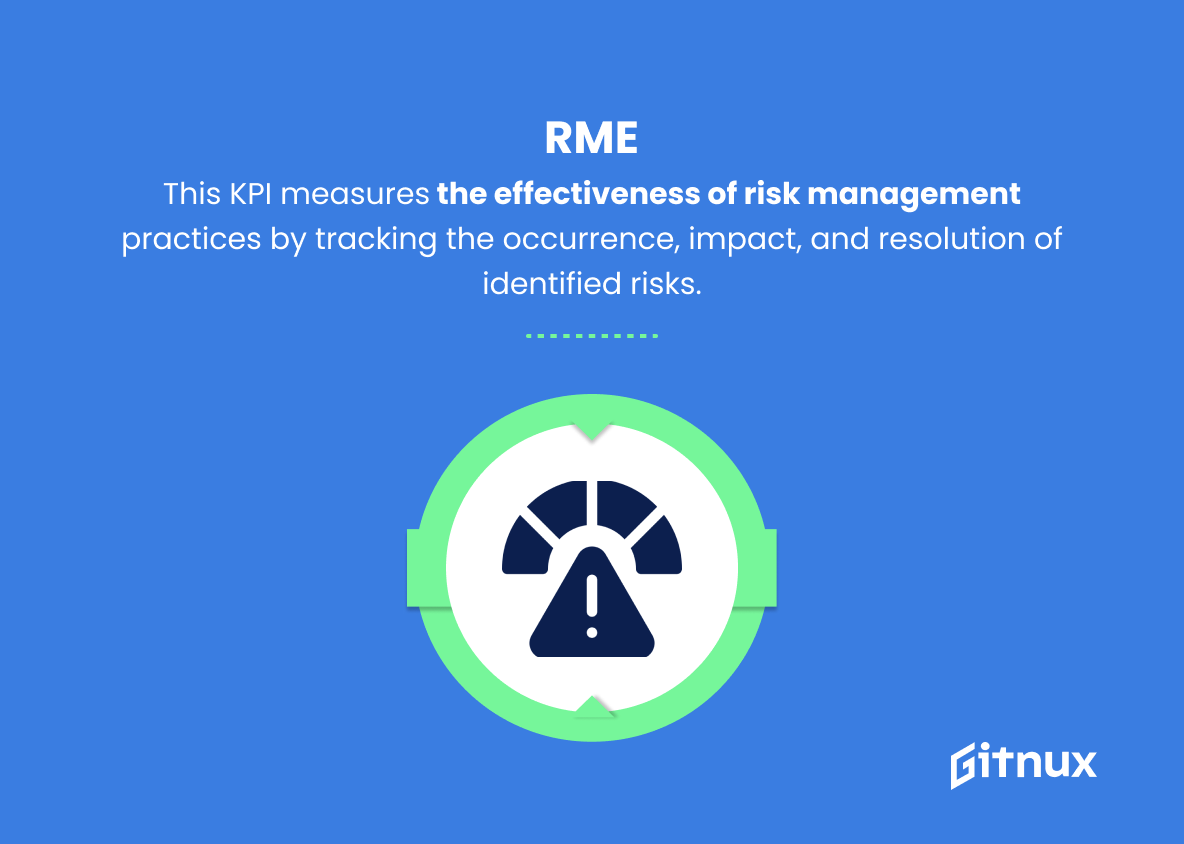In today’s increasingly competitive business landscape, the importance of measuring and tracking the success of your projects cannot be overstated. Key Performance Indicators (KPIs) serve as a crucial tool in this process, providing clear, actionable insights that allow organizations to optimize their strategies and achieve desired outcomes.
In this blog post, we will delve into the world of Project KPIs, discussing their significance, how to identify the most relevant metrics for your projects, and how to utilize this invaluable information for continuous improvement and success. Join us as we explore the ins and outs of these essential performance benchmarks and empower your organization to reach its true potential.
Project KPIs You Should Know
1. Project Completion Rate
This KPI measures the percentage of completed projects out of the total number of projects. It helps to determine the efficiency and effectiveness of project execution and management.
2. Schedule Variance (SV)
This KPI compares the planned project completion time with the actual completion time. A negative schedule variance indicates that the project is behind schedule, while a positive value means it is ahead of schedule.
Cost Performance Index measures the cost efficiency of a project by comparing the budgeted cost of work performed with the actual cost3. Budget Variance (BV)
This KPI compares the planned project budget with the actual project cost. A negative budget variance indicates that the project is over budget, while a positive value means it is under budget.
4. Return on Investment (ROI)
This KPI measures the financial benefit obtained from a project as a percentage of its cost. A higher ROI indicates more significant profits relative to the project’s cost and increased value for stakeholders.
5. Cost Performance Index (CPI)
This KPI measures the cost efficiency of a project by comparing the budgeted cost of work performed with the actual cost. A CPI greater than one indicates that the project is performing well within its budget, while a CPI below one suggests that the project is over budget.
6. Schedule Performance Index (SPI)
This KPI measures the progress and efficiency of a project by comparing the budgeted work completed with the planned work. An SPI greater than one indicates that the project is ahead of schedule, while an SPI below one signifies that the project is behind schedule.
7. Quality Metrics
These KPIs assess the quality of project deliverables by tracking defects or issues, including defect density, customer complaints, and rework or revision rates. Lower values for these KPIs indicate higher project quality.
8. Scope Change Frequency
This KPI measures the frequency of scope changes during the project’s duration. Frequent scope changes may indicate a lack of project planning and can impact budget, timeline, and resource management.
9. Resource Utilization Rate
This KPI measures the percentage of allocated resources (e.g., team members, equipment, materials) actually used on the project. A higher resource utilization rate indicates better resource management and cost efficiency.
10. Stakeholder Satisfaction
This KPI measures the satisfaction levels of key stakeholders, such as clients, team members, or investors. High stakeholder satisfaction signifies that the project meets or exceeds the expectations of those involved. This can be measured through surveys, interviews, or feedback sessions.
11. Team Member Turnover Rate
This KPI measures the rate at which team members leave the project. A high turnover rate may indicate poor project management, lack of direction or support, or inadequate resources.
Team Member Turnover Rate measures the effectiveness of risk management practices by tracking the occurrence, impact, and resolution of identified risks.12. Risk Management Effectiveness
This KPI measures the effectiveness of risk management practices by tracking the occurrence, impact, and resolution of identified risks. Lower risk occurrence and effective risk mitigation strategies contribute to successful project outcomes.
13. Project Milestones Met
This KPI measures how many project milestones have been met on time compared to the total number of milestones. A higher percentage of milestones met on time indicates better project management and planning.
These are just some of the possible project KPIs. The exact KPIs for a project may vary depending on the nature and objectives of the project itself. It is essential to choose the right KPIs to accurately assess the success and performance of a project.
Project KPIs Explained
Project KPIs, such as completion rate, schedule and budget variance, ROI, cost and schedule performance indexes, quality metrics, scope change frequency, resource utilization rate, stakeholder satisfaction, team member turnover rate, risk management effectiveness, and project milestones met, are crucial in evaluating the performance and success of a project. These indicators help determine the efficiency and effectiveness of project execution, management, and planning while ensuring that the project aligns with stakeholder expectations.
By monitoring these KPIs, project managers can identify areas for improvement, address risks, and implement appropriate strategies to optimize resources and deliver successful outcomes. Tailoring the selection of KPIs to the specific nature and objectives of the project is essential for accurately assessing project performance and steering it toward success.
Conclusion
In closing, the strategic implementation of Project KPIs is absolutely essential to accurately measure the progress and success of a project. By aligning them with the goals and objectives, as well as continuously reviewing their effectiveness, project managers and teams can ensure that projects stay on track, resources are optimized, and ultimately, the desired outcomes are met.
Periodic and transparent communication of these KPIs with stakeholders will only contribute positively to the process. Embrace the potential of Project KPIs and enhance your approach to project management, propelling your organization one step closer to achieving its goals.
